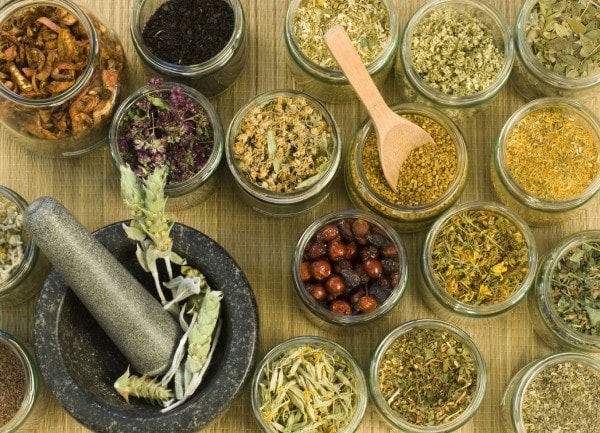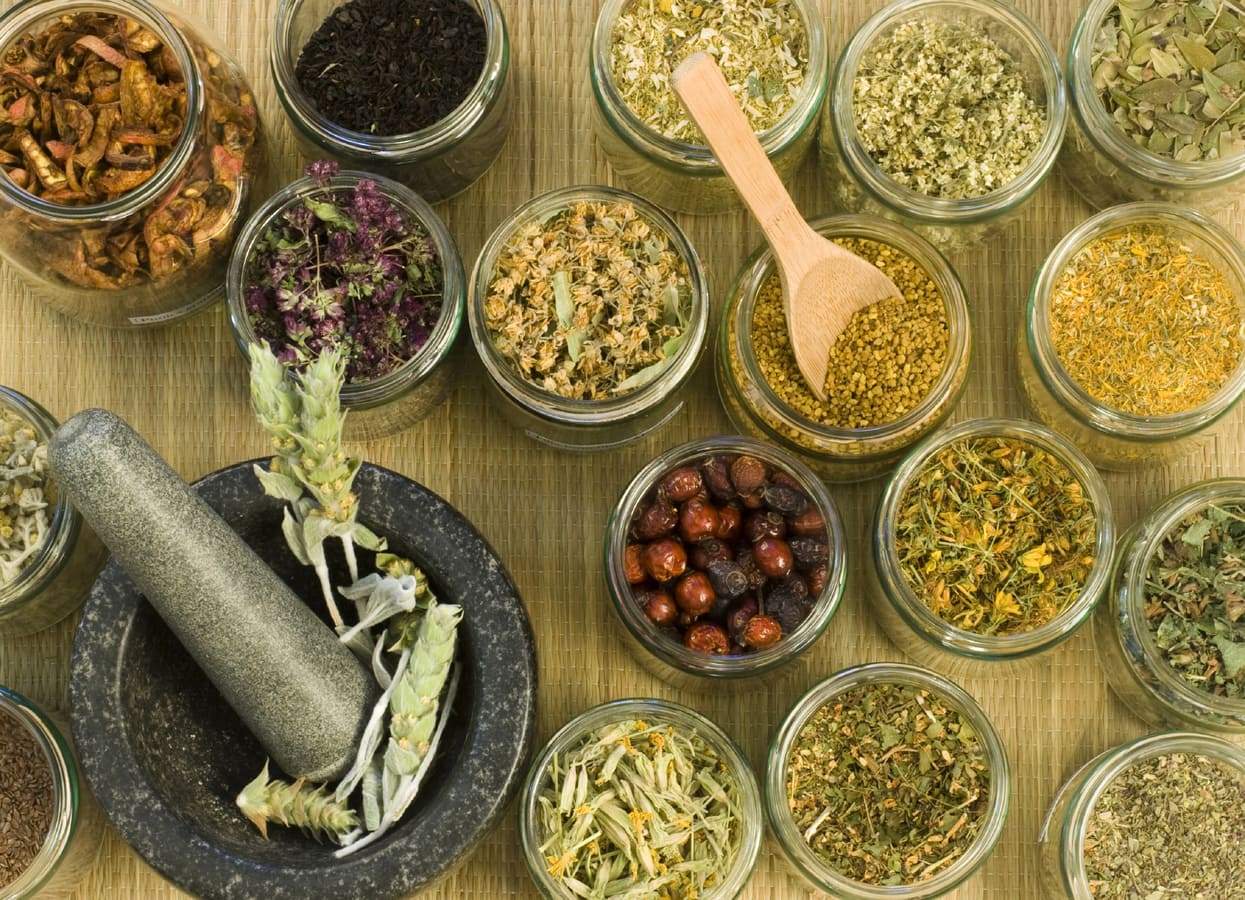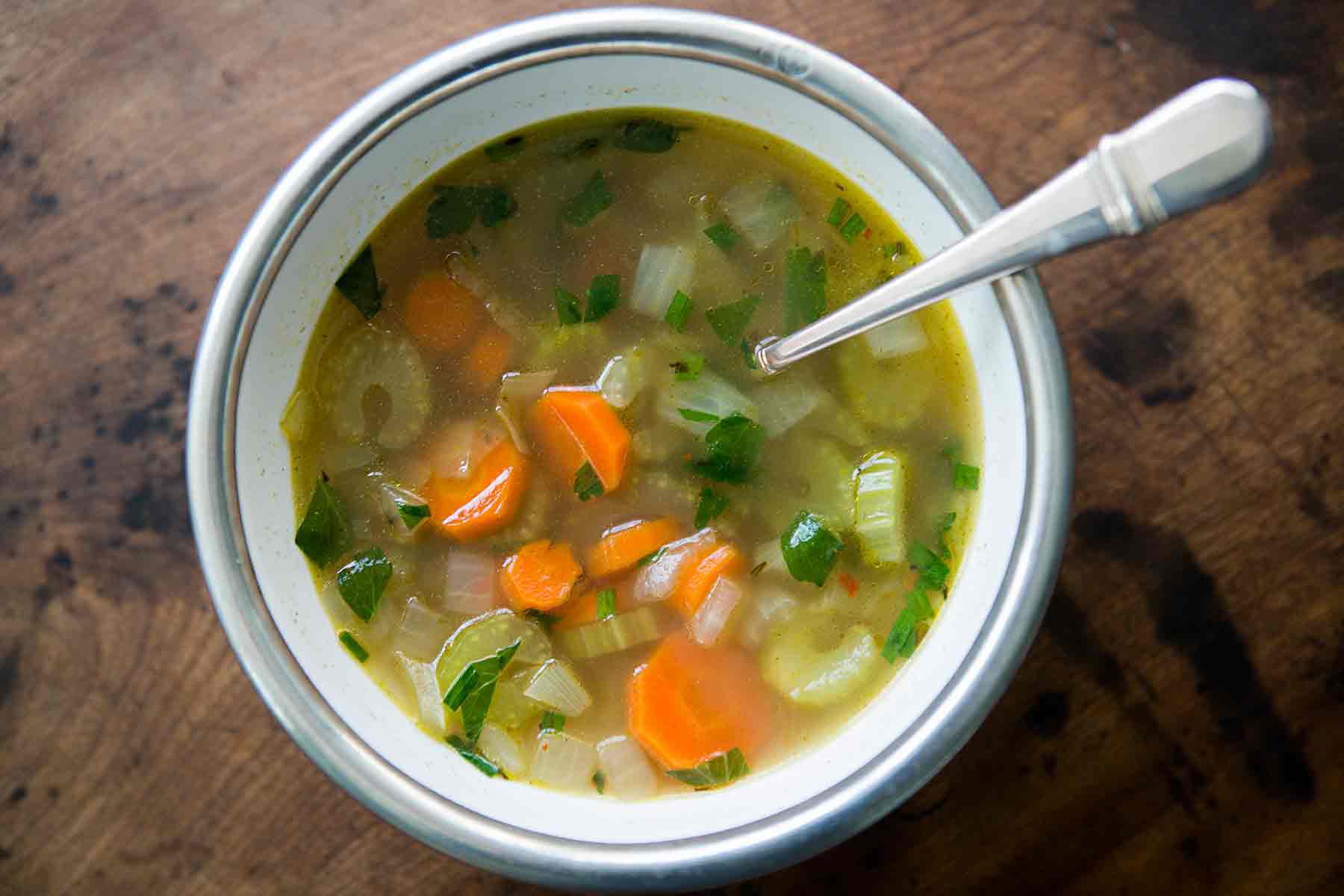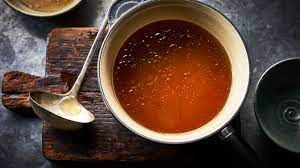Certain herbs and spices are known for their anti-inflammatory properties, and tumeric is fast becoming one of the most potent natural agents we have to fight inflammation. Turmeric contains the active ingredient curcumin, which has proven anti-inflammatory properties in conditions such as arthritis, muscle sprains and other injuries.
Turmeric has been used as a powerful anti-inflammatory in Chinese and Indian medicine for millennia. Curcumin, the primary pharmacological agent in this spice, contains proven effects in this area that are comparable to over-the-counter anti-inflammatory agents as well as some prescription medications. But curcumin doesn’t produce the toxic effect that synthetic drugs sometimes do, such as ulcer formation, internal bleeding, and even a lowered white blood cell count.
 More reported health benefits of turmeric include relief from joint pain, such as rheumatoid arthritis, reduced joint swelling, and greater range of motion when used regularly. It’s another case of the spice alone having similar effects to that of a prescription medication, but with fewer symptomatic downsides.
More reported health benefits of turmeric include relief from joint pain, such as rheumatoid arthritis, reduced joint swelling, and greater range of motion when used regularly. It’s another case of the spice alone having similar effects to that of a prescription medication, but with fewer symptomatic downsides.
Research also suggests that turmeric may be helpful in treating inflammatory bowel diseases, lowering cholesterol counts, protecting the heart, relieving indigestion, improving liver function, and even preventing Alzheimer’s disease. Cancer prevention and inhibited cancer cell growth –specifically cancer of the breast, colon, prostate, and lung, and childhood leukemia – are also on the list of possible benefits.
How To Use It
1. In Cooking
Tumeric is great in curries, but you can also use it to enhance common dishes on your table, such as fish dishes or any meat for that matter; turmeric can add delicious complexity to mashed dishes like potatoes or cauliflower, sautés with onions, broccoli, carrots, or bell peppers. It can also be used as a base for creamy vegetable dips, sauces, and egg salad. Be sure to choose the full, organic turmeric spice rather than a curry blend, which has a negligible amount of anything healthful.
2. Tea Time
3. Rub Some In
Another method for addressing inflammation with turmeric involves a topical application. Turmeric powder mixed with ingredients such as warm water, warm milk or sesame oil creates a paste that, when applied to the skin, helps to reduce inflammation and swelling. In Ayurvedic medicine, turmeric paste is often used to cleanse wounds, reduce inflammation and promote healing.
4. Supplement
For some people, the taste of turmeric is not appealing, so dietary supplements are a great way to swallow the benefits and reduce inflammation. The great benefit to supplementation is that you know exactly how much curcumin – the active ingredient in the tumeric – you are getting, and can adjust quantities for maximum benefit.
Warning
While small quantities of turmeric in general cooking are considered safe, larger doses can pose risks for people with certain medical conditions or who are taking certain medications. We ALWAYS recommend talking to your Health Practitioner before adding increased quantities or turmeric to your diet or taking dietary supplements. Turmeric can also cause a drop in blood sugar levels when taken with diabetic medications, as well as interfere with blood clotting in patients taking warfarin or similar medications.










